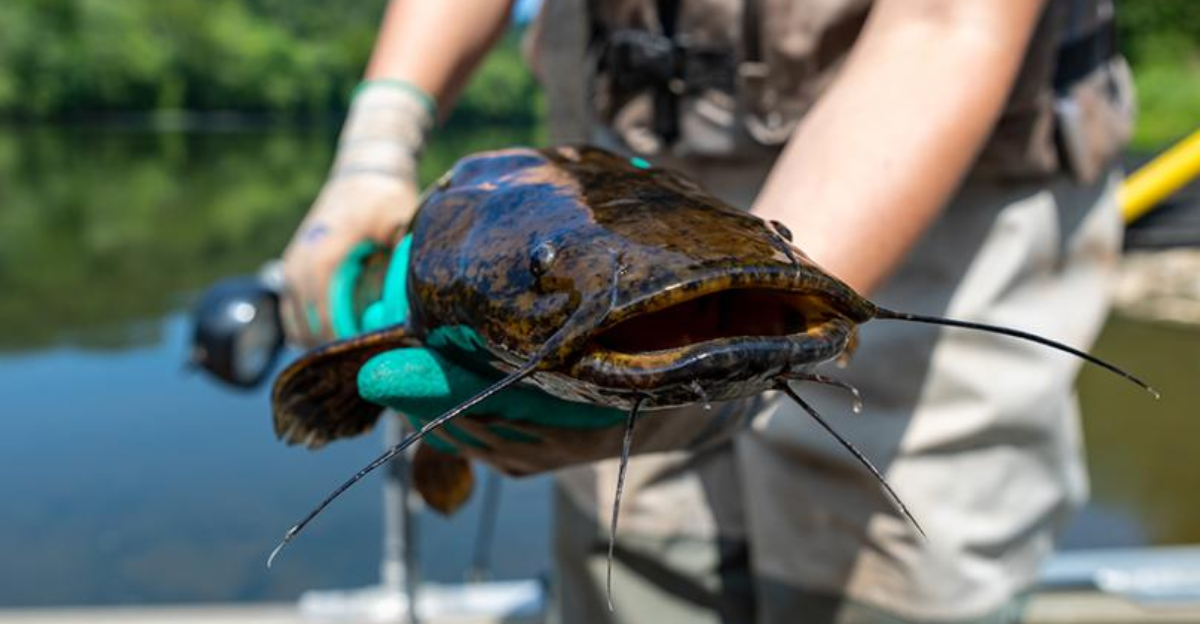
Something significant has happened in Pennsylvania’s rivers over the past 30 years, but many people didn’t notice until the damage was already done. Flathead catfish, a giant, aggressive fish from the Mississippi River system, first appeared in the Susquehanna in 1991.
They are now the dominant predators there. These giant catfish, reaching over four feet long and almost 70 pounds, have turned the food web upside down.
Scientists call this ecological shake-up trophic disruption, which describes what happens when a new top predator enters an environment and changes how everything below it works.
Silent Takeover

Flathead catfish took over quietly, unlike loud disasters like oil spills or floods. Over twenty years, they slowly spread to more parts of the Susquehanna River system, outcompeting local fish for prey.
Most residents and anglers didn’t immediately notice the drastic changes because things looked the same on the surface.
Only by 2025 did biologists and conservation agencies launch major studies to determine the impact. Their findings show how easily a new species can change an entire river, and how often humans only realize it after the fact.
Native Range Expansion
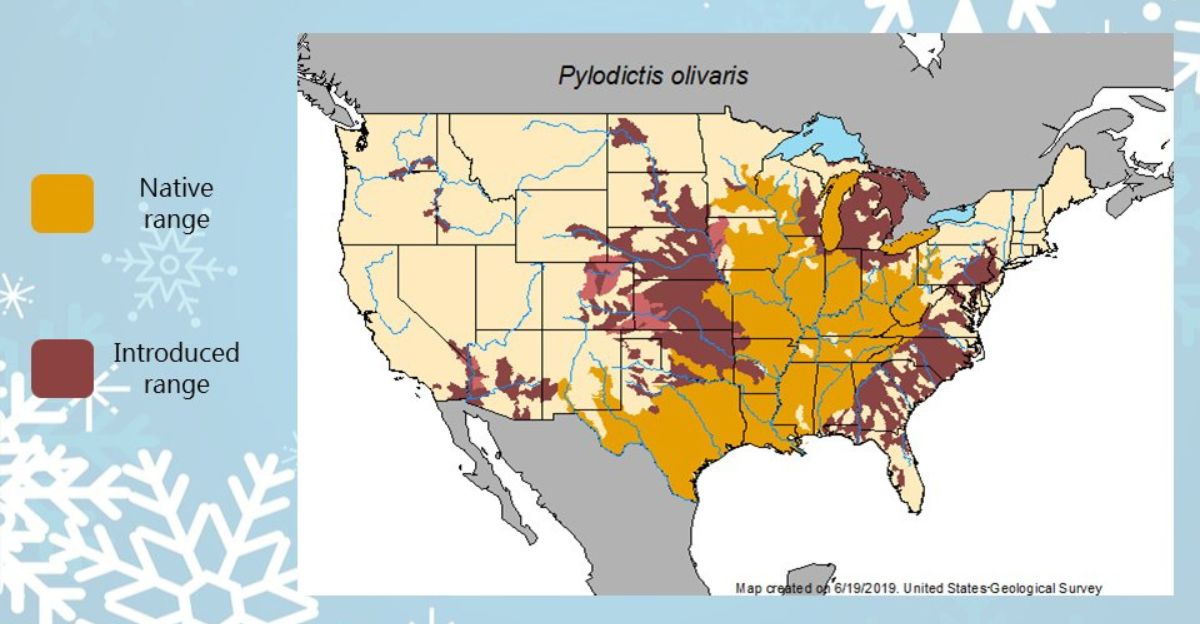
Flathead catfish naturally lived in the Mississippi River and parts of the Midwest and South, including areas as far west as North Dakota and south to Louisiana.
Their natural home included big rivers with strong currents and many underwater logs. While some parts of Pennsylvania originally had flatheads in the Ohio River area, the Susquehanna had developed for thousands of years without them.
When flatheads arrived, they found a river that looked enough like home to thrive, but with far fewer natural enemies than in their old territory.
Scientific Revelation
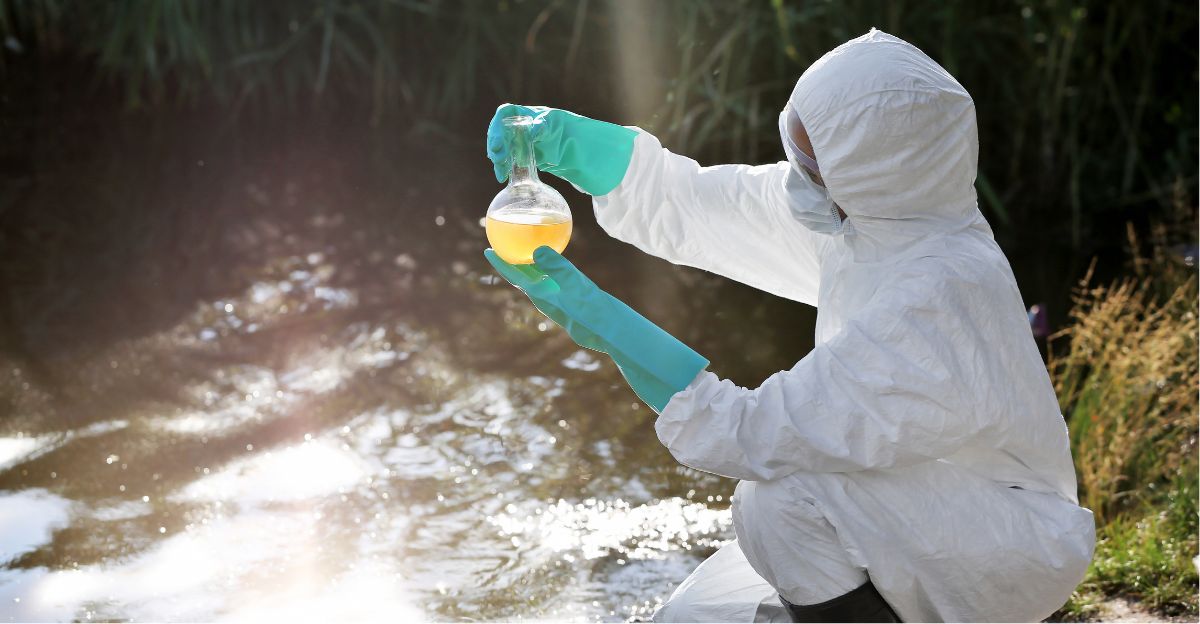
For a long time, local fishermen and experts wondered why the fish community seemed off, but they didn’t have complex data showing how much flathead catfish were changing things.
Scientists had seen them eating local fish, but nobody knew if they’d truly become the river’s new bosses. Research teams from Penn State, the US Geological Survey, and the Pennsylvania Fish and Boat Commission recently combined their efforts to find out.
Their recent studies, using new ways to track food webs, revealed massive changes beneath the river’s calm surface.
Research Breakthrough

In September 2025, ground-breaking research proved that the flathead catfish are now the rulers at the top of the Susquehanna’s food chain.
Scientists analyzed chemicals in almost 300 fish and over 60 crayfish. They found that flathead catfish now have a trophic position higher than top native predators like smallmouth bass and channel catfish.
Those old top fish have been pushed much lower, where flatheads have moved in, sometimes even altering their diets to avoid flathead competition. This is the first precise science showing the flathead’s total takeover.
Ecosystem Disruption
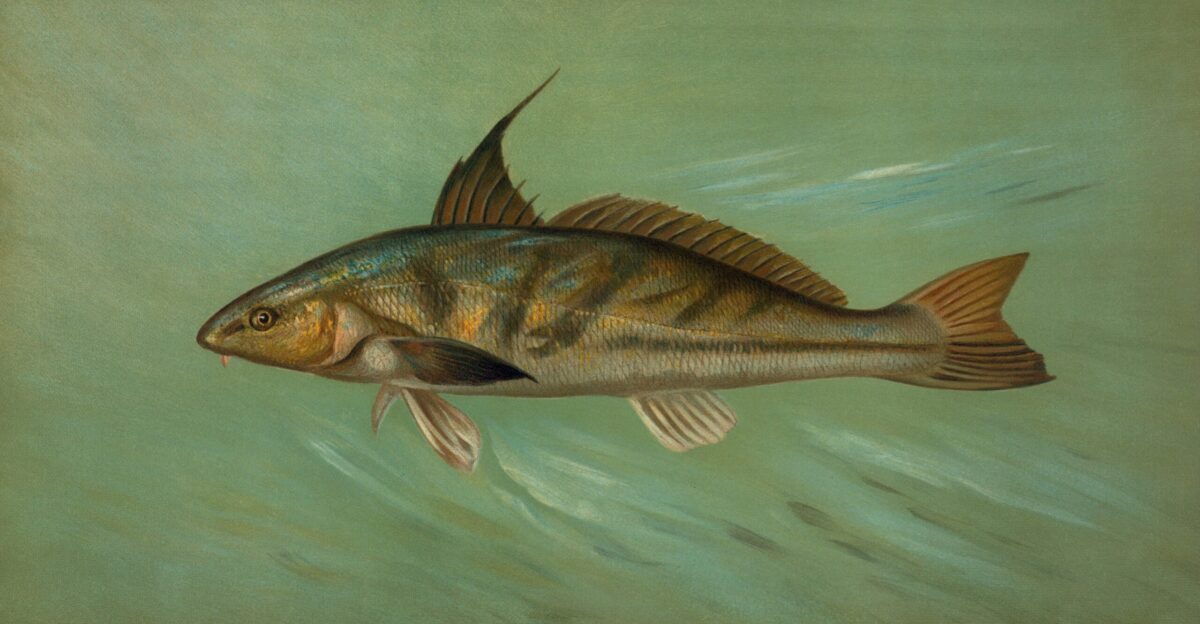
These changes go far beyond just who-eats-whom. Channel catfish, once bullies of the river, now eat more like bottom feeders or smaller fish, so they don’t compete.
Once seen as the river’s top hunters, smallmouth bass also changed their habits and feeding patterns. All the native fish now overlap more in their diets, meaning more fish are chasing fewer resources.
The result? A river full of stressed fish, odd behavior, and a less stable ecosystem.
Human Communities
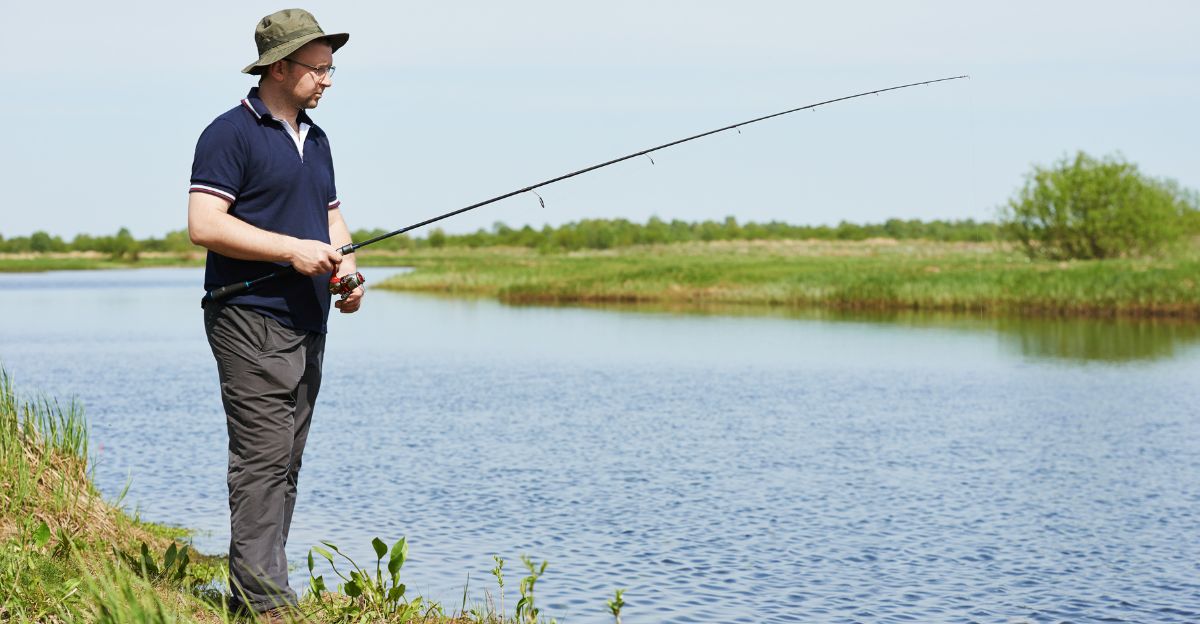
People who fish the Susquehanna have seen these changes firsthand. Veteran anglers report catching fewer of the fish they remember from childhood.
Boat captains and fishing guides have had to update their strategies, as some old hotspots now yield totally new catches or nothing at all. State wildlife officials have responded by encouraging people to catch flatheads, even allowing unlimited daily limits, hoping to keep their numbers down.
Local economies built on the river’s old fish community now face new uncertainties.
Predatory Prowess
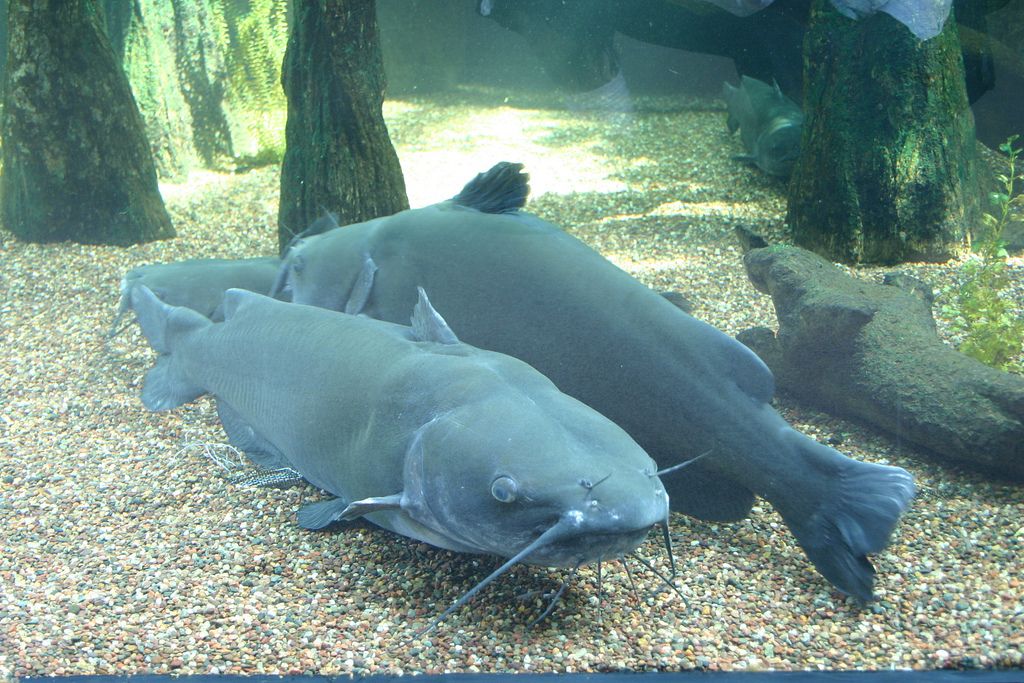
Why are flathead catfish so successful? It comes down to what they eat. When scientists checked nearly 600 flathead catfish stomachs, they found them filled with 47 prey species.
These fish eat crayfish, shiners, madtoms, and other big fish like channel catfish and smallmouth bass. They grow quickly, need only a few years to reach super-predator size, and, as adults, have almost no natural enemies in the Susquehanna.
This allows them to multiply fast and dominate any new part of the river they enter.
Trophic Cascade Effects

What’s happening in the Susquehanna is called a trophic cascade, a ripple effect throughout river life. While most people know about good cascades, flatheads are causing the opposite.
They’re pushing native hunters out, forcing all fish to scrounge for new food, and causing food and energy in the river to move in different, less-stable ways.
Scientists see this in changing feeding habits, altered fish populations, and general river health.
Food Web Revolution
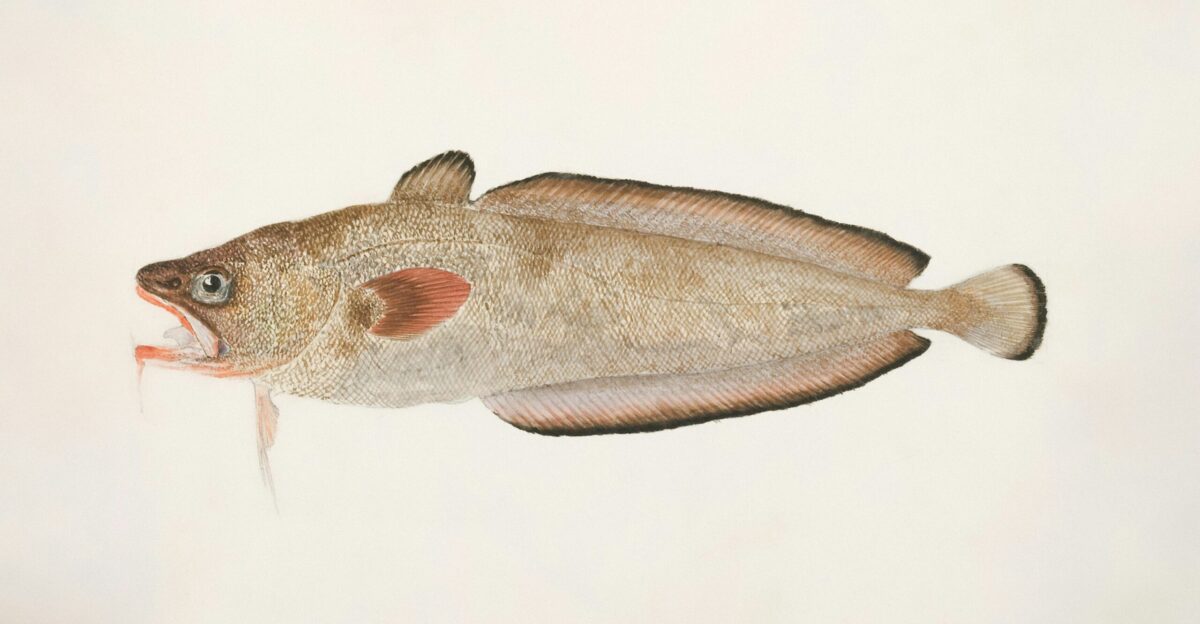
What’s most dramatic isn’t just a new predator at the top; the entire food pyramid has been reshaped.
In pieces of the river invaded by flatheads, all fish species now eat a greater variety of things, so their lifestyles and diets overlap much more than before. This throws off old balances and efficient energy use, making it harder for fish to specialize or thrive.
The web is less predictable, less stable, and more stressful for everyone living there.
Management Response

Wildlife agencies haven’t sat by idly. State biologists have responded with urgent steps: They allow unlimited flathead fishing, run public campaigns to raise awareness, and work with scientists to determine what can be done.
Pennsylvania now encourages anglers to kill all the flathead catfish they catch. Even so, most experts agree that so many flatheads spread throughout the river that it is impossible to eliminate them.
Restoration Challenges

Teams working to bring back native fish now face a much harder battle. Young native fish are now born into rivers where a hungry flathead catfish may lurk nearby.
Restoring old fish populations becomes more expensive and less likely to succeed when an invisible army of hungry catfish is at the top of the river food chain.
Scientists and managers may someday have to accept that the Susquehanna can never truly return to its old, pre-flathead state.
Angler Adaptation
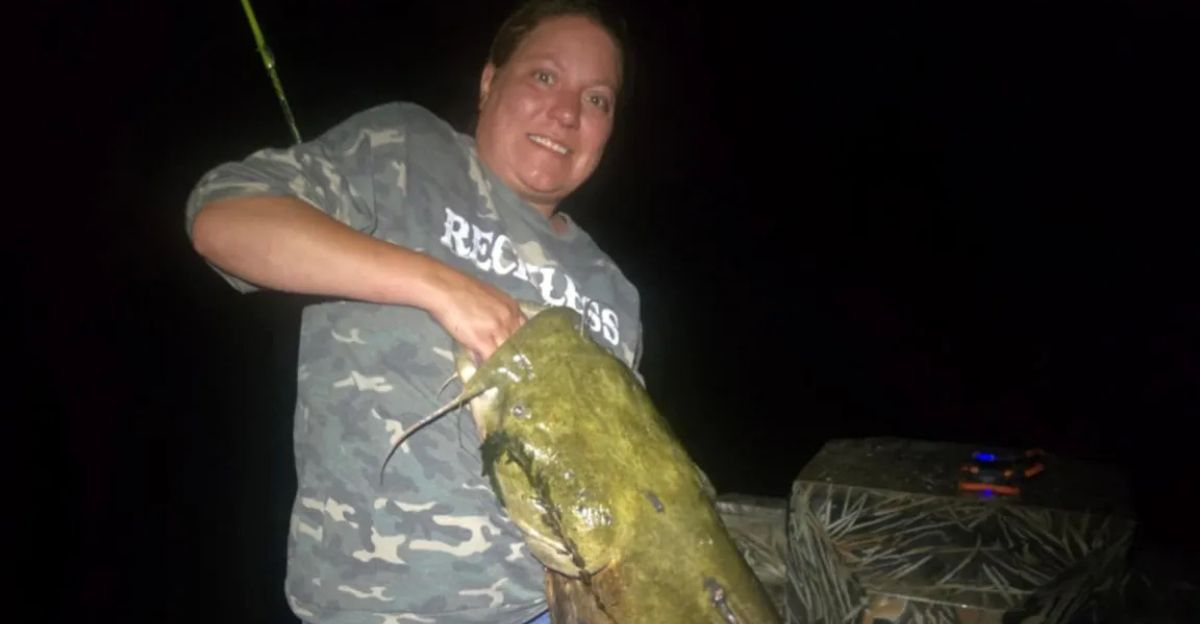
Not everyone is upset. Many fishers have learned to love the flathead catfish, which puts up a tough fight and grows to impressive sizes.
There’s now a growing group of anglers who chase flatheads as trophy fish, and a small industry has grown up around catching them. But others are torn.
They know that celebrating the flathead means supporting the takeover of native fish, which has sparked debates about what responsible fishing looks like in a changing ecosystem.
Ecological Legacy

Now that flathead catfish are well established, it’s unlikely they’ll ever be removed. Native predators are pushed out, and whole food webs operate differently.
Some fish will adapt; others may slowly disappear. Over generations, the river itself will change, possibly even causing new forms of native wildlife to evolve.
Once dominated by bass and other local fish, the Susquehanna will likely have a future where the flathead is king.
Future Implications
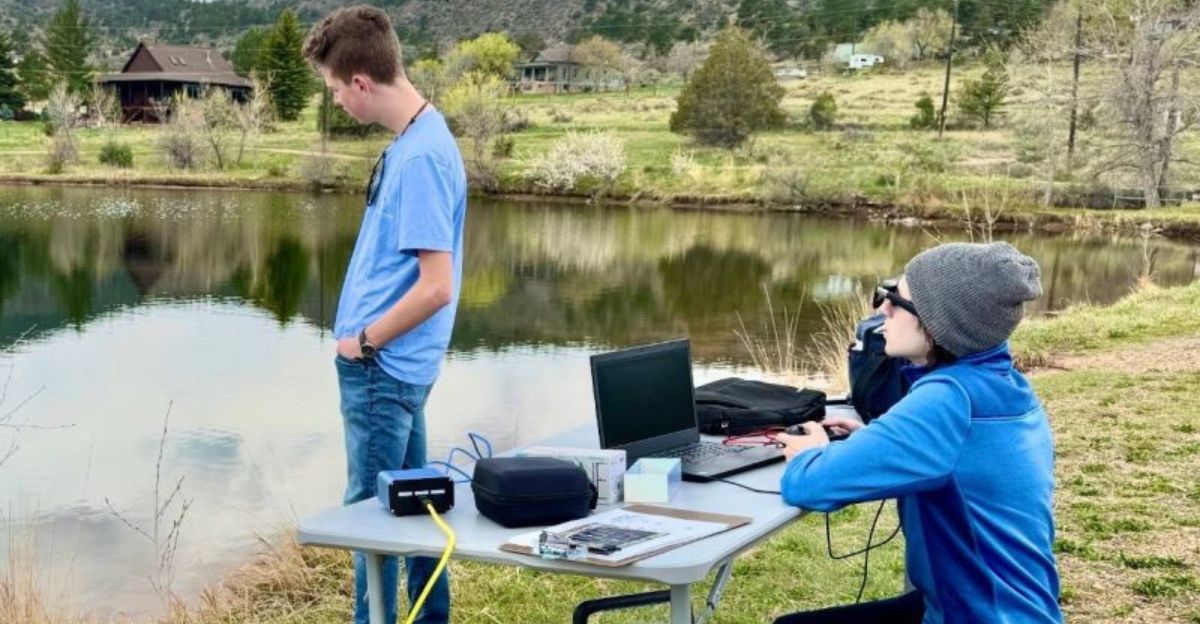
The spread of flatheads isn’t just a problem in the Susquehanna River; it could happen almost anywhere, especially as climate change brings warmer river temperatures and opens up new habitats.
Scientists are building maps of where flatheads might go next, and state officials are investing in early warning systems to catch new invasions before they explode.
Other states, seeing what’s happened in Pennsylvania, are learning from this story to try to protect their own rivers.
Regulatory Response

Alarmed by the invasion, Pennsylvania lawmakers and regulators are updating rules to slow the flathead catfish march.
Some ideas include new penalties for people who move flatheads between rivers, required reporting for all flathead catches, and special funding for more intensive monitoring and education.
Federal agencies are also making new science guidelines to better track and understand how invasive predators like flatheads affect whole ecosystems.
Industry Ripples

The flathead takeover has even affected Pennsylvania’s recreation and business world. Tour companies and fishing guides must adapt to the new big game of catfish or risk losing customers.
Fish farms now need extra security to prevent flatheads from entering. Shops sell more catfish-specific gear and bait.
Still, there’s worry: if old favorite fish species vanish, traditional fishing might never be the same, a significant hit to local tourism and family businesses.
Public Perception

Social media is full of big-catch photos and viral stories about monster catfish, but not everyone sees this as positive.
Some anglers and communities like the new challenge, but others worry about what’s being lost.
Confusion and misinformation are common, so wildlife agencies spend lots of time correcting the record and teaching people what flatheads are doing to the river.
Historical Parallels
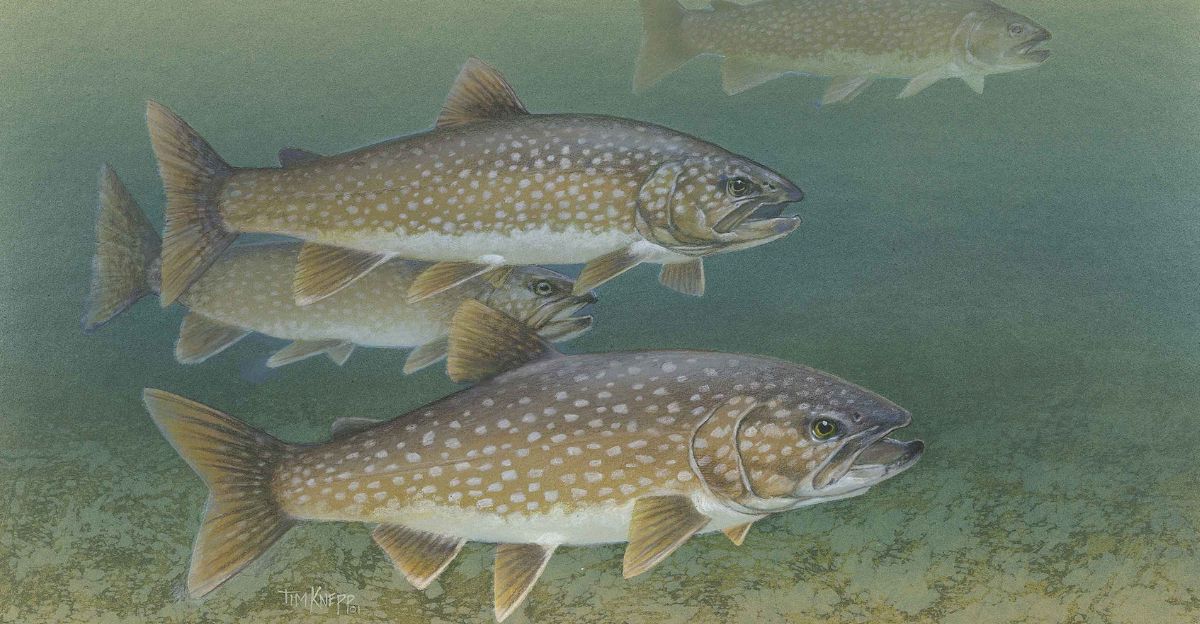
What’s happening in Pennsylvania has happened elsewhere, too. Invasive Asian carp have overtaken parts of the Mississippi, and lake trout have changed the balance in Montana, wiping out native trout.
In almost every case, restoring things to how they used to be is virtually impossible once an invasive species reaches the top of the food web.
These stories are powerful reminders of how delicate freshwater ecosystems really are.
The Susquehanna’s New Normal

The past 30 years have turned the Susquehanna River into a new system shaped by human decisions and one super-predator from far away.
Flathead catfish have changed the balance of life, making it nearly impossible for the river to return to normal. This story warns us to watch our waterways more closely and take invasive species seriously before it’s too late.
While future research, smarter rules, and dedicated anglers may help slow flatheads from spreading elsewhere, their story in Pennsylvania is a lesson in ecological change’s power.